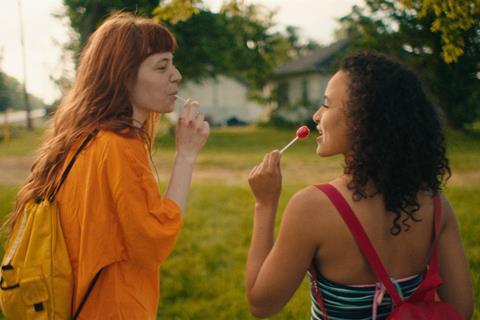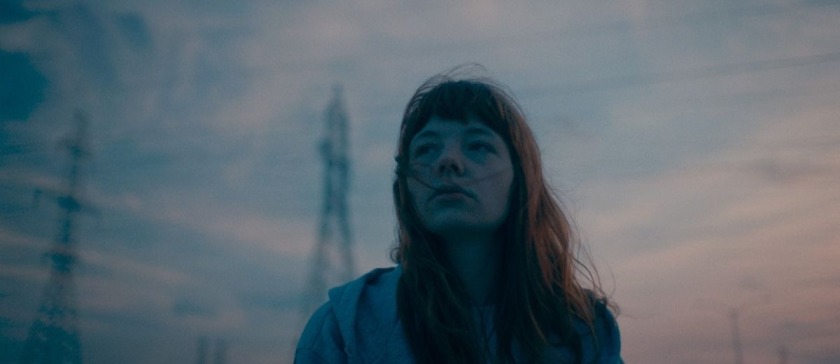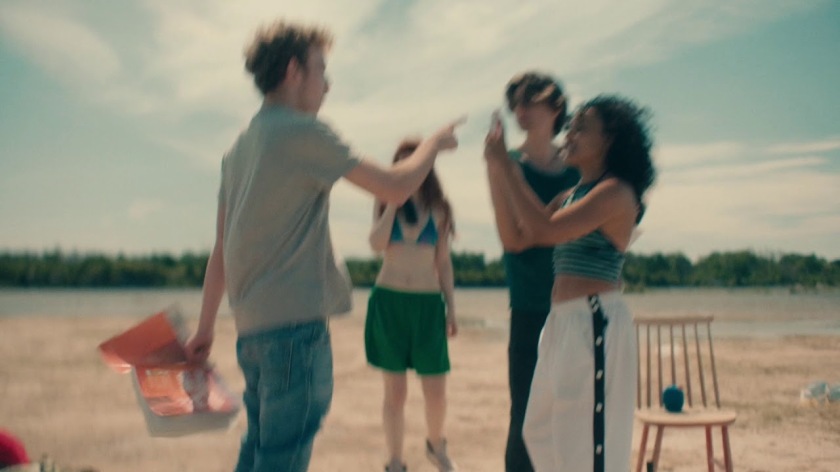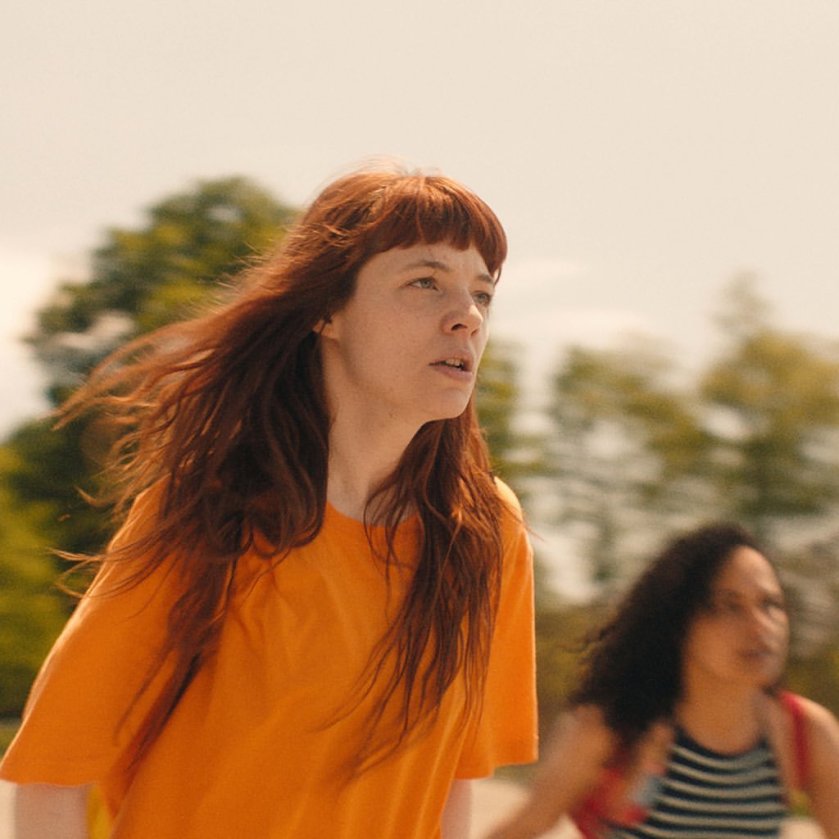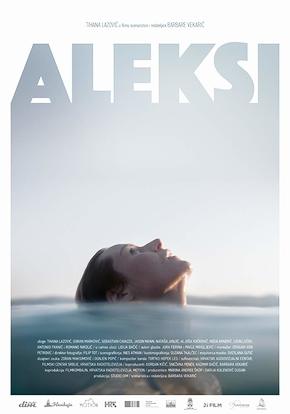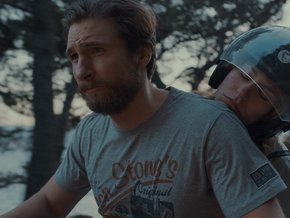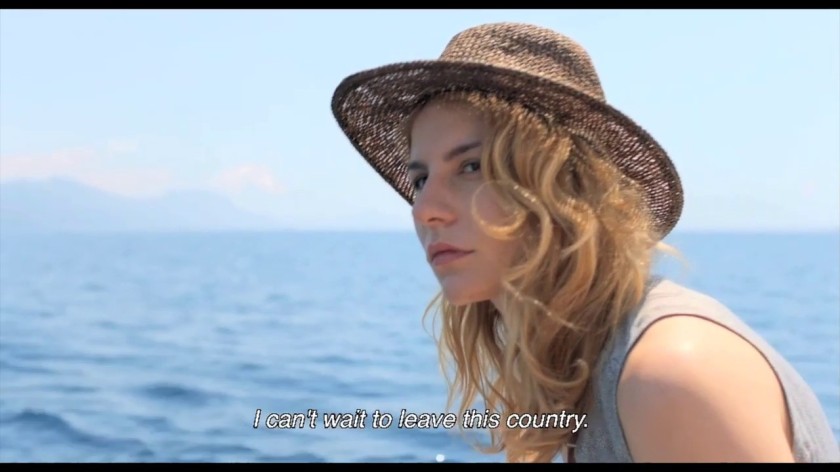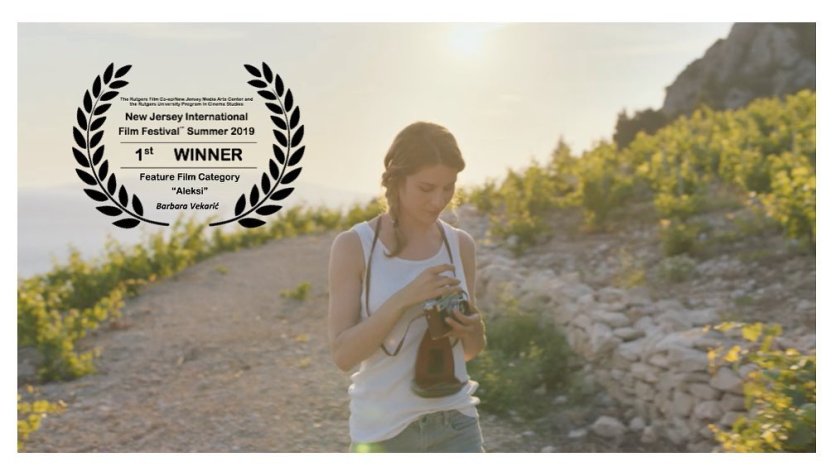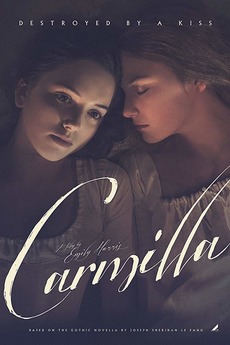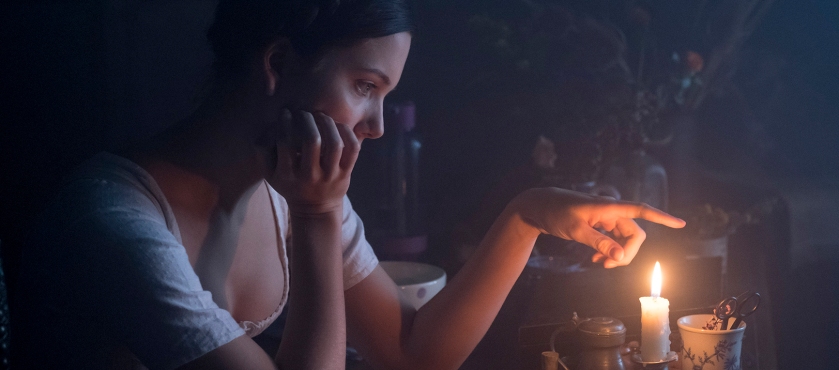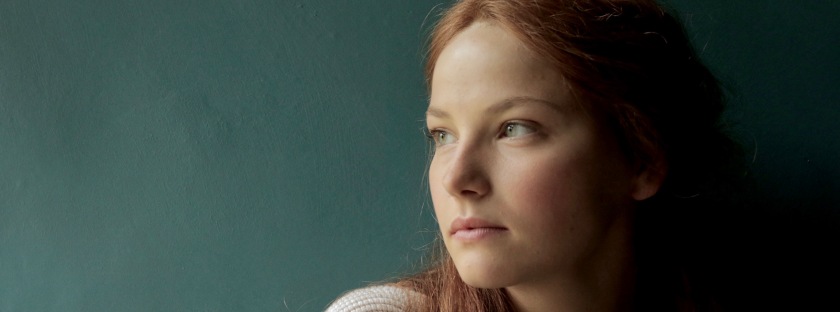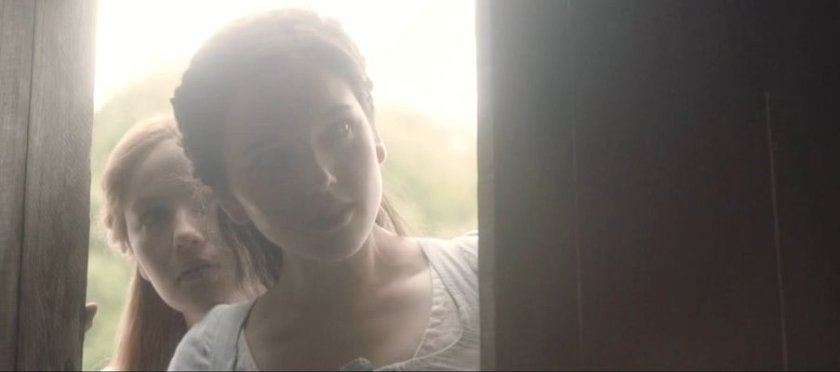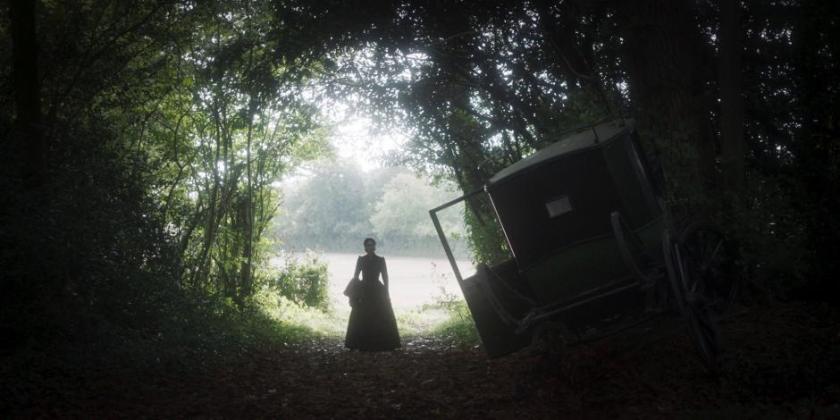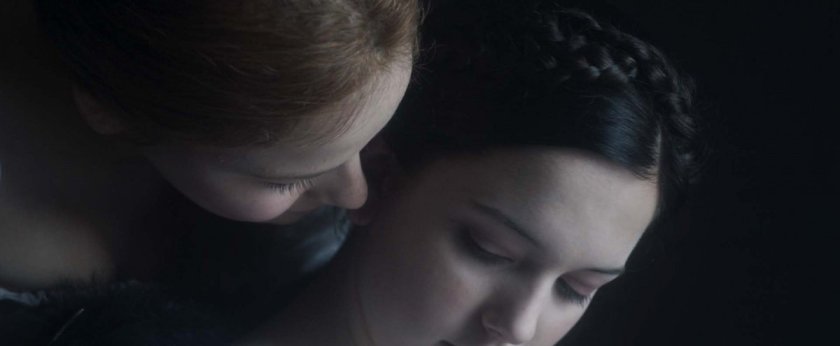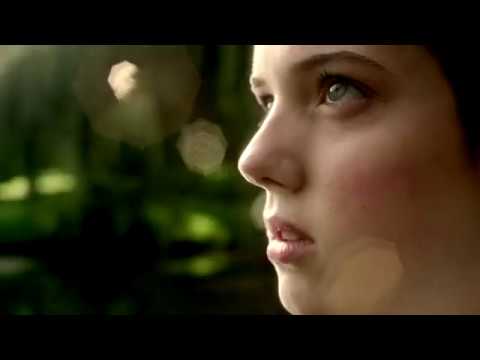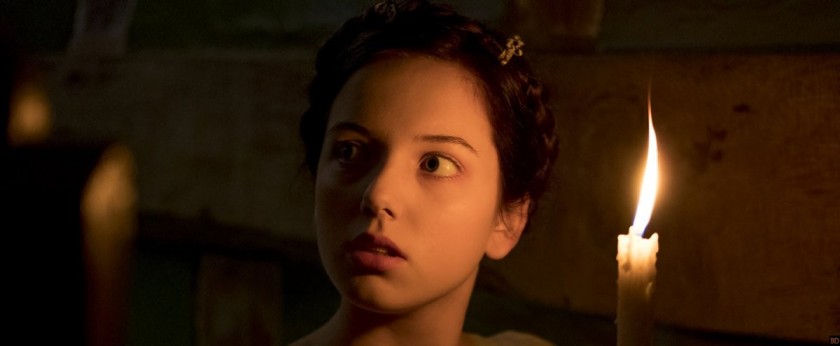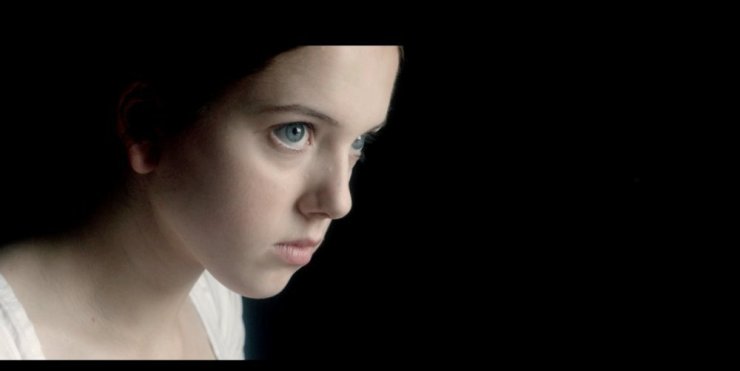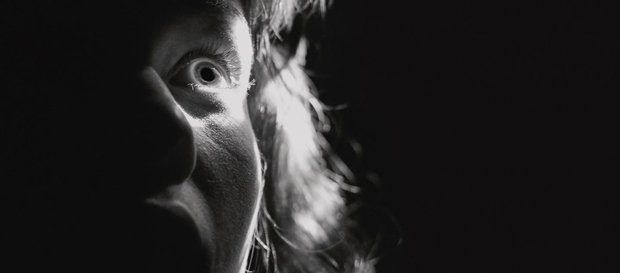Why are we scared by horror movies? What happens in our brains that elicits reactions of fear and terror?
That’s what the Edinburgh Film Festival’s talk The Science of Scary aimed to answer. With a panel of two film directors, a novelist and a neuroscientist, we spent the afternoon exploring common horror tropes and how our basic natural instincts kick in when we watch them.
Our panellists were as follows: Anne Billson, a horror novelist and film critic; Greg Hemphill, writer and director of Long Night at Blackstone; Aislinn Clarke, writer and director of The Devil’s Doorway; and Gilliard Lach, a neuroscientist from the University of Edinburgh.

First, we were shown a clip from Long Night at Blackstone. It couldn’t have been more than a minute long. The clip showed a woman picking up a baby rattle, then a hairbrush with some hair left in it. When she looked up at herself in the dressing table’s mirror, she saw her reflection making a terrifying face. She jumped out of her seat in fear and the clip ended there.
This is a great example of a jumpscare, a very common horror trope. Jumpscares are rarely done well, but this scene managed to pull it off rather effectively. This is because there was no build-up to it at all. Everything was completely silent until we saw the woman’s reflection.
Gilliard Lach then explained that jumpscares set off a fight or flight response within the brain. That’s why we find them so scary.

After this, we were shown a scene from The Devil’s Doorway, a movie about the Magdalene Laundries. This scene showed a woman tied to a bed, with two nuns and a priest reciting Bible verses at her. The camera panned down and we could clearly see that she was pregnant. The nuns shooed the priest out of the room and turned to focus on the woman again. The camera angle shifted and all we could see was the woman’s face as horrible squelching noises were heard off-screen. The woman’s face twisted in agony as her cries echoed across the room. While all of this was happening, one of the nuns started to sing a hymn. And then we saw a pair of hands dump a bloody mess on a metal table beside the woman’s head. Maybe it was her unborn baby. Maybe it wasn’t. It was mangled so horribly that it was impossible to tell.
This scene is scary because we can’t see what is happening. Once again, Gilliard Lach explained everything by stating that this type of horror induces a state of anxiety, as the viewer is in a safe place but the victim is not. We want to help the woman on the screen, but we know perfectly well that there’s nothing that we can do.
Two films that kept getting mentioned were The Dunwich Horror and It Follows. Unfortunately, I have not seen either of these movies, but judging by what the panellists said about them it sounds like both films take advantage of the “slow and steady” approach to horror.


The panellists told us that The Dunwich Horror uses a lack of visuals to create anxiety and tension. Apparently there’s one scene that has a completely black screen and all you can hear is people screaming. On the other hand, It Follows makes use of visuals by showing the monster moving very slowly in the background.
And then Anne Billson said something that I don’t think I’ll ever forget – and I’m paraphrasing here, as I wasn’t taking notes during this talk – “Horror is the medium that anxious people tend to gravitate towards”. I just thought that was so strange. Why do anxious people gravitate towards horror? Is it some sort of addiction? Is it because of the adrenaline high that we get from watching horror movies? Gilliard Lach did confirm this to some extent, but I think it still remains a pretty open question.
Overall, this was a very interesting talk and there are a lot of movies that I have on my watchlist now as a result of it.
